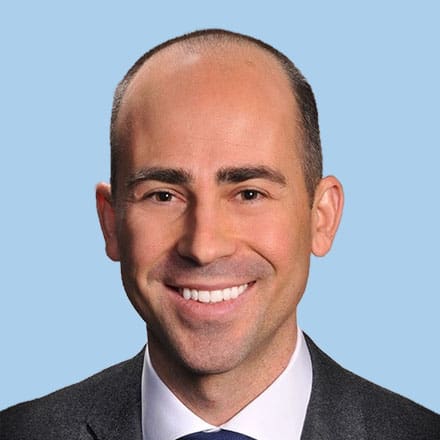Inside Angle
From 3M Health Information Systems
Should we redesign how we pay for primary care?
The COVID-19 pandemic has revealed and magnified some nonsensical elements that drive health care delivery in the U.S. One of the most glaring is the method by which primary care physicians get paid for their services.
When stay-at-home orders set in and fears of COVID-19 community spread rose, in-office physician visits dropped by an average of 60 percent. This caused primary care practice revenue to drop precipitously, since most primary care practice revenue relies on the fee-for-service model.
If a patient gets seen in the office, the practice gets paid. A phone call, an electronic message, completion of paperwork, coordination of complex care, population-wide interventions: all of these services are paid at a small fraction of what is paid for an in-person visit, or they go unpaid altogether.
Some practices pivoted to provide more telemedicine visits and did so more efficiently than others, but at the start of the pandemic many payers paid much less for a telemedicine visit than they would for a visit in the office. How would these practices – many in underserved areas – survive financially?
Fortunately, in mid-March, the Centers for Medicare and Medicaid (CMS) stepped in to ensure those visits were paid at parity with in-person visits. Some other payers have made similar adjustments, but the question remains: Will such payment parity policies hold post-pandemic?
The larger question ought to be: Should we completely redesign how we pay for primary care?
Since the fee-for-service system primarily pays physicians for in-office visits with patients, what do physician practices do? They load up their day with in-office visits.
Former CMS Administrator Don Berwick said in the documentary film Escape Fire that you cannot blame anyone in a system for doing what the system incentivizes them to do. Returning phone calls and electronic messages, filling out paperwork, and deliberating over complex patient care decisions are completed in a duty to patients and professionalism, but they do not keep the practice afloat financially.
To address this paradoxical payment scheme, exacerbated by COVID-19, primary care leaders across the country have called for a Primary Care Marshall Plan to ensure the viability of primary care practices and responsiveness to patients. CMS and some innovative payers have worked to transition their primary care providers to prospective, value-based payment models, but what is needed is a nationwide policy overhaul.
The future primary care payment model should include three central elements:
- Primary care practices ought to be paid based on the size and complexity of their population. If your patients are sicker, you need more resources to care for that population.
- Payment ought to be remitted prospectively, before that care takes place, to incentivize comprehensive, proactive care, across a provider’s population.
- Practices ought to be rewarded for better outcomes – targeting true outcome measures that are actionable, or rather, “potentially preventable and amenable to quality improvement efforts.”
Each of these elements—risk-stratification, prospective payment, and rewarding quality or value—will require alignment across all stakeholders and answering many difficult policy questions. Which of the multiple methods of risk-stratification, from the simple to the sophisticated, is chosen? How is prospective payment determined before care has taken place or before the physician-patient relationship has been established? How do we distill down the list of numerous quality measures across multiple payers to find those that assess outcomes (rather than pieces of care processes) that are truly reflective of provider performance?
Nearly all stakeholders recognize our health care financing system needs significant change. Paying primary care providers prospectively will go a long way towards improving responsiveness to patients, reducing administrative burdens on providers, boosting health outcomes and lowering costs in the most expensive system in the world.
Instead of securing a sufficient number of in-office visits, our primary care providers should focus their efforts on ensuring their populations have their vaccines up to date, appropriate cancer screenings accomplished and chronic diseases well managed, no matter how these are accomplished.
The COVID-19 pandemic is dragging our health system into the future, forcing adaptations in health care delivery and operations. It is time for primary care payment to follow suit.
Travis Bias, DO, MPH, FAAFP, is a Family Medicine physician and Clinical Transformation Consultant within the Performance Matrix team at 3M Health Information Systems.


